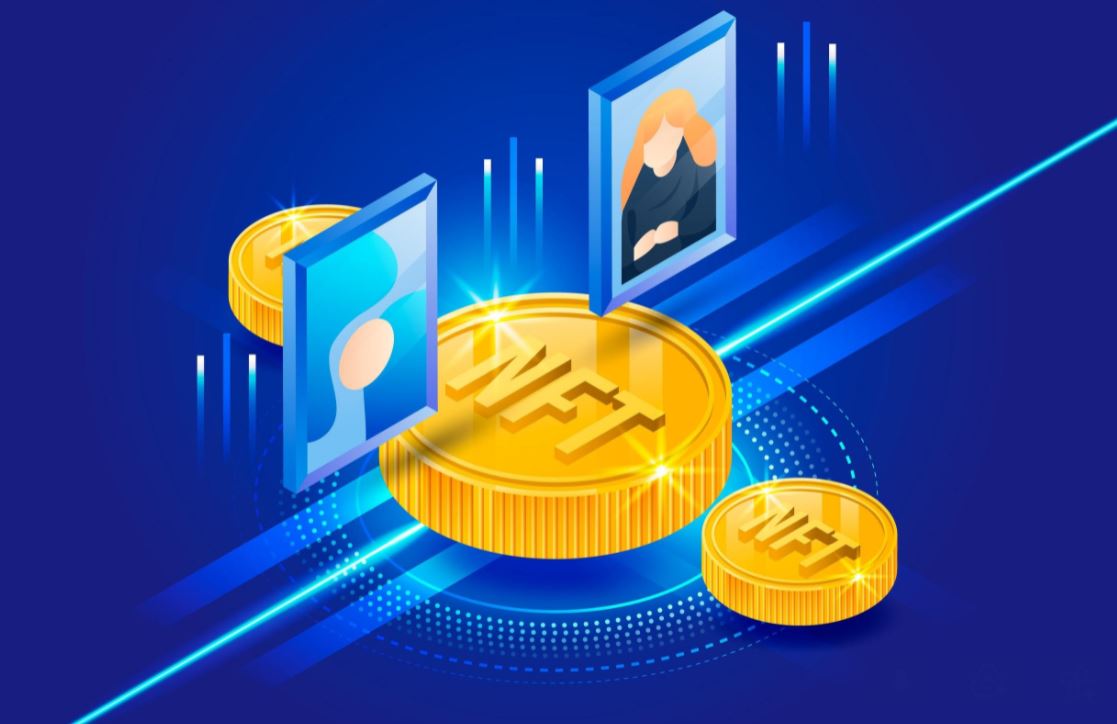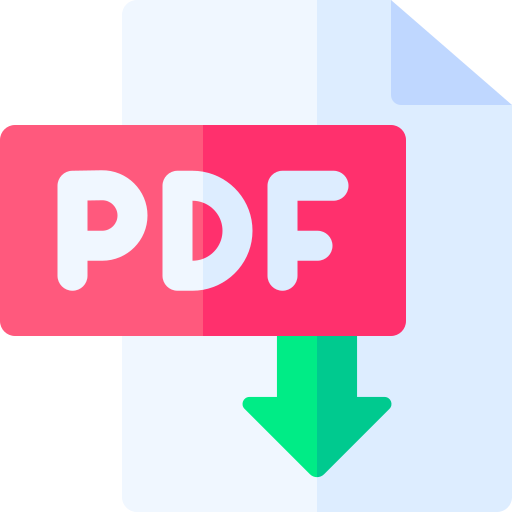There has been a lot of publicity around blockchain and crypto assets in recent times. Especially, people, businesses, and governments have to arrange things for the digital economy in all manner of ways possible. Therefore, if you have been taking a look at the world of blockchain, you must have come across the mention of tokens. Plenty of blogs and articles in the blockchain industry have covered the differences between coins and tokens.
And now, the time has become widespread to discuss a great deal, and also the new phases of tokens, such as the Non-Fungible Token. Many experts have made a point about the potential of NFTs in defining and building the future of blockchain. As a result, they have been achieving profound attention from users as well as enthusiasts from around the world. NFTs can be used to represent physical objects, digital content, or even intangible concepts like intellectual property too. It’s crazy to think about it beyond digital content, beyond 2D or 3D images, but there are several actual practical uses for it too.
Use Cases of Non-Fungible Token
Art
The news of digital artist, Beeple, selling an NFT of his artwork at a gigantic $69 million at Christie’s auction created ripples throughout the NFT world. The record-breaking NFT sale came after a series of increasingly treasuries auctions. Beeple sold his first series of NFTs in October, with a set priced at $66,666.66 each. Subsequently, he sold a series of his works for around $3.5 million in total. The 255-year-old auction house, Christie, presented a legitimate value for Beeple’s art as well as NFT as a technology. Programmable art is the traditional non-fungible token use case, bringing in the perfect blend of creativity and technology.
Real Estate
NFTs and real estate have so many similarities to each other. NFTs can be utilized to exchange land deeds, provide proof of ownership, and also to keep tabs on the changes in property value periodically by using timestamped NFTs
The real estate industry is one of the most NFT-ready sectors as they can be used in real estate to unravel and speed up transactions, enable smart contracts for properties, or create decentralized home rental services while preserving sensitive data like bank details. Imagine knowing everything about the property you are buying in just a few taps on your phone. Be aware of when the property was contracted and who owned it in the very beginning, what modifications were made during the process, and everything to the point of you purchasing it.
Licenses and Certifications
NFT use cases can also provide great benefits for verifying licensing and certifications. Course completion certificates, such as any license or degree, are generally provided to successful candidates in digital form or paper-based form. Universities and employers require replicas of the course completion document as references before they offer a position to someone in a company or an institute. Certificates and licenses in the form of NFTs easily take away the burden of record checking and verification process. Afterward, the agenda also delivers an easier approach for stockpiling the evidence of licensing and course completion.
Medical Records and Identity Verification
NFT ledgers can store an individual’s medical records without jeopardizing the confidentiality or risking tampering from outside sources since NFT transactions are authenticated on numerous nodes before being added to the blockchain permanently – making sure that every record is accurate and original and secure from spiteful attempts at manipulation.
NFT applications have been designed specifically to aid healthcare professionals as well — one such example is NFT Birth Certificates that can be issued to newborns by healthcare providers. Issuing one of these NFTs for each child can be an effective way to quickly create a lifelong identity on the blockchain that’s linked to their birth certificate – which is then verified with NFT verification apps.
As we conclude, With the extreme popularity of NFTs growing, there’s a great chance we’ll be able to see even more ideas and use cases in the upcoming time. As in current times, not every application for NFTs has had enough time to go beyond an idea or a small project. Some may turn out to not be very practical or in the limelight. However, for fundamental and straightforward issues, like the scarcity of art and collectibles, NFTs are certainly here to stay for the long run.




